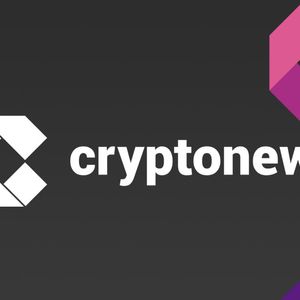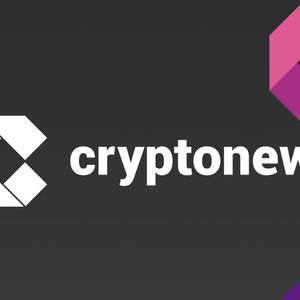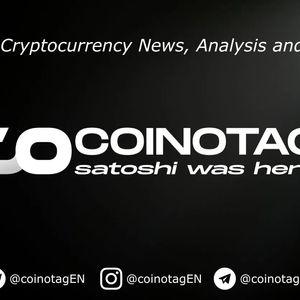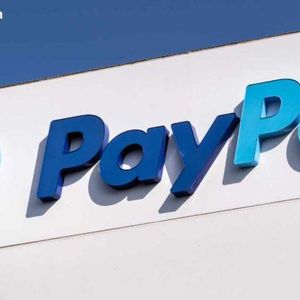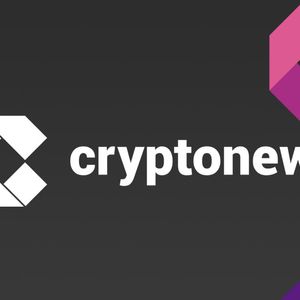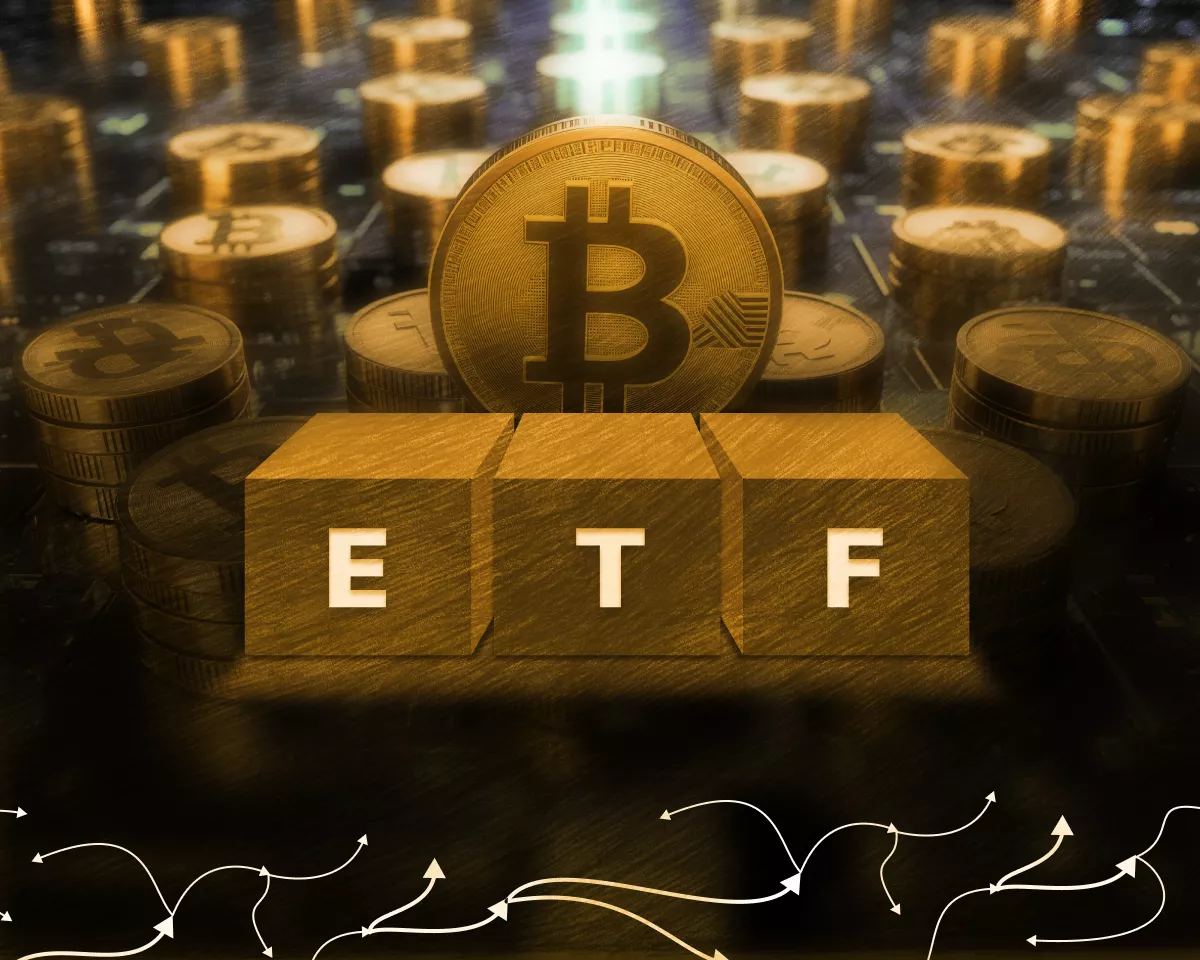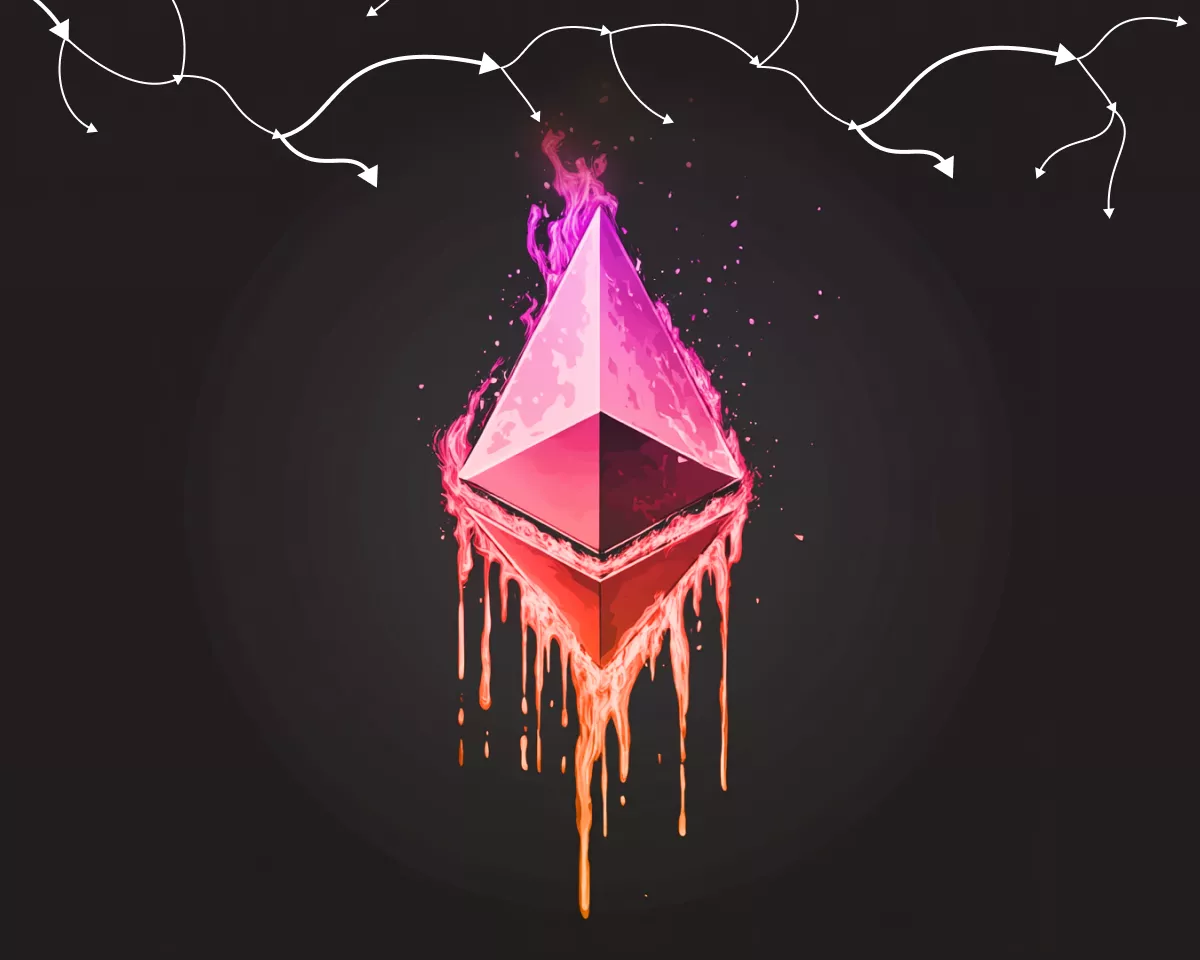Summary Ethereum's price appreciation in October was non-existent even as Bitcoin rallied over 10%. The network itself is showing promising signs with growth in fees, daily active addresses, and stablecoin transfer volume. Based on spot ETF holdings data, it appears as though the net outflow from US spot products is slowing down. In my last coverage of Ethereum ( ETH-USD ) for Seeking Alpha at the beginning of October, I shared a somewhat cautious outlook on the native asset of the network due to what I viewed as a weakening bull case for the coin itself. I left readers with this takeaway: Active bid for gas payment has dwindled with the success of L2 scaling. And the capital investment story simply hasn't held up to expectations. For all the reasons listed, ETH might be a half decent contrarian bet at this point as sentiment is poor. Since then, ETH hasn't really gone much of anywhere. Bitcoin ( BTC-USD ) put up a 10% October while ETH was essentially flat: Data by YCharts This under-performance relative to Bitcoin in October continued a multi-year decline in the ETH/BTC ratio that has worsened seemingly in a straight line since September 2022: ETH/BTC Monthly (TrendSpider) Despite the woeful performance of ETH the asset, there have been some positive signs in the Ethereum ecosystem. In this update, we'll look at Ethereum network data in the month of October, trends in the broader ETH ecosystem, capital flows, and the Grayscale Ethereum Trust ETF ( ETHE ). Network Data The two primary ways that I like to examine public Blockchain networks are through daily active addresses and network fees. For the remainder of this article, I'll be shortening 'daily active addresses' to 'DAAs.' As I've pointed out before and will point out again, DAAs are not the same thing as DAUs or unique users for traditional platforms. But for the purpose of judging permission-less public chain data, it's the best we have. Given that, the long term trend in DAAs on Ethereum's main layer is flat to down. However, since the Ethereum ecosystem has shifted to an L2-based growth strategy, its more prudent to look at combined DAAs with the major L2s in addition to base layer addresses: Ethereum Ecosystem DAAs October 2024 (Artemis) Through this lens, we can see that October was yet another month of growth. October 2024 generated 3.2 million DAAs spread out among Ethereum and the larger L2 networks - that was up 7% month over month and 190% over October 2023. The biggest driver of this address growth has primarily been Base ( COIN ) which accounted for 1.4 million of the 3.2 million DAAs in October. From a fee standpoint, nearly 96% of the total fees generated from the chains shown in the chart above came from Ethereum. Monthly Fees vs P/F Ratio (Token Terminal) That figure came out to be $142.3 million in fees during the month of October. This was up 37% from $103.7 million in September and 56% from the $91.2 million in fees during October 2023. Given that the price of ETH ended October flat from a capital appreciation standpoint, the higher fees did bring down the network's fully diluted price to fees multiple to the lowest level in 6 months. Last year's average fully diluted P/F ratio for October was 210x fees. This year the average P/F ratio was 181x fees in October 2024. 30 Day Fees, L1 Breakout (Token Terminal) Comparing Ethereum to other L1 networks, shows a network that is still ahead of insurgent smart contract chains like Solana ( SOL-USD ) or Toncoin (TON-USD) but one that remains behind the industry leader Tron ( TRX-USD ). All told, I think there are positive signs from Ethereum's ecosystem usage for the month of October. Beyond fees and DAAs, there was year over year growth in several additional metrics that I think are important for network health: ETH Ecosystem 2023 2024 YoY Transactions (millions) $124.6 $386.8 210.4% Stablecoin Supply (billions) $67.1 $90.1 34.3% Stablecoin Transfer Volume (billions) $361.2 $1,025.2 183.8% Source: Artemis (combined between Arbitrum, Base, Blast, Celo, Ethereum, Optimism, Polygon zkEVM, Skroll, Starknet, zkSync Era, Zora) I'm particularly encouraged by the growth in stablecoins and stablecoin transfer volume. Though I will note that we again see some of the fastest ecosystem growth happening on Base rather than mainnet or other L2s. The problem with scaling via L2s is the activity isn't necessarily adding value to ETH as an asset because less ETH is required to transfer on secondary chains rather than the primary layer. In my view, this has diminished the investment case for ETH and it's difficult to argue with what we're seeing from capital markets. Capital Flow Data The spot ETH ETFs in the United States continue to be a massive dud and I'll show that in a moment. But first, the global investment product capital flow story for Ethereum remains lackluster for 2024: $ in Millions Week flows MTD Flows YTD Flows AUM Bitcoin $920 $3,278 $25,464 $78,990 Ethereum -$35 -$12 $748 $10,114 Multi-asset $2 $28 $470 $5,506 Solana $11 $18 $69 $1,475 Binance - -$2 -$2 $588 Source: CoinShares, as of October 25th In the company's most recent report from October 28th, we see month to date outflow from Ethereum products in the face of $3.3 billion of positive flow into Bitcoin-related products and other assets. The year to date flow into ETH products is just $748 million. Certainly weighing on global investment demand is the the US market via spot ETFs: ETH ETF Daily Flow (Farside) Here we can see the total net flow for Ethereum ETFs continues to be a problem at negative $468 million and it's entirely due to "fee flight" out of Grayscale's ETHE fund. The table above shows over $3.1 billion in asset value has left ETHE since conversion from a closed fund to ETF. Adjusting the outflow to ETH rather than dollars really tells the tale though: Spot ETF Daily AUM (TheBlock) The chart above shows 2.93 million ETH tokens held via ETHE when spot products were approved in the United States. That holding total is now down to 1.59 million ETH held through ETHE. Without strong demand for Ethereum through other ETFs, the net impact is negative and that further depresses the price of ETH. This is generally not new. However, I do want to point out that the total ETH held through these products was 2.74 million at the end of the September and 2.74 million at the end of October as well. So even as investors continue to leave ETHE due to the 2.5% management fee, October's net flow story measured in ETH was flat. Coupled with the promising signs from fees on-chain and usage growth, it's possible the worst is over for ETH. But that's purely speculative on my part and should be taken with a grain of salt. Risks Monthly fees ETH vs SOL (Artemis) When it comes to monthly fees, Ethereum is indeed ahead of Solana but the lead is actually shrinking. At $73.9 million in monthly fees, Solana put in its strongest month ever based on that metric. It's quite clear that Ethereum's L2 chains still suffer from fragmentation and the broader ecosystem is battling numerous other L1 chains that offer cheap base layer fees and better transaction throughput. What remains to be seen is the degree to which "switching costs" will diminish the TAM of those competing L1 networks. But just because Ethereum has been a dominant L1 network historically, it does mean that ETH will command the second largest market capitalization forever. Summary I'm still of the view that Ethereum shouldn't be kicked to the curb by digital asset investors. There are certainly still headwinds including increasing competition from other blockchain ecosystems. But I suspect the cheaper, high throughput chains are better suited for the memecoins and high frequency trading. Ethereum maintains 48% of the entire crypto stablecoin market. If one believes stables are the "killer app" of public blockchains, then Ethereum still deserves a place in portfolios given its commanding head start in the segment. There are positive signs from both network usage and network valuation standpoints. ETHE fee flight remains a headwind as well. But it's clear the net outflow trend from ETH ETFs has been slowing down. October was a good month for Ethereum and nobody noticed. I wouldn't personally express a 'long ETH' thesis through ETHE, but Ethereum is a 'buy' in my eyes.



